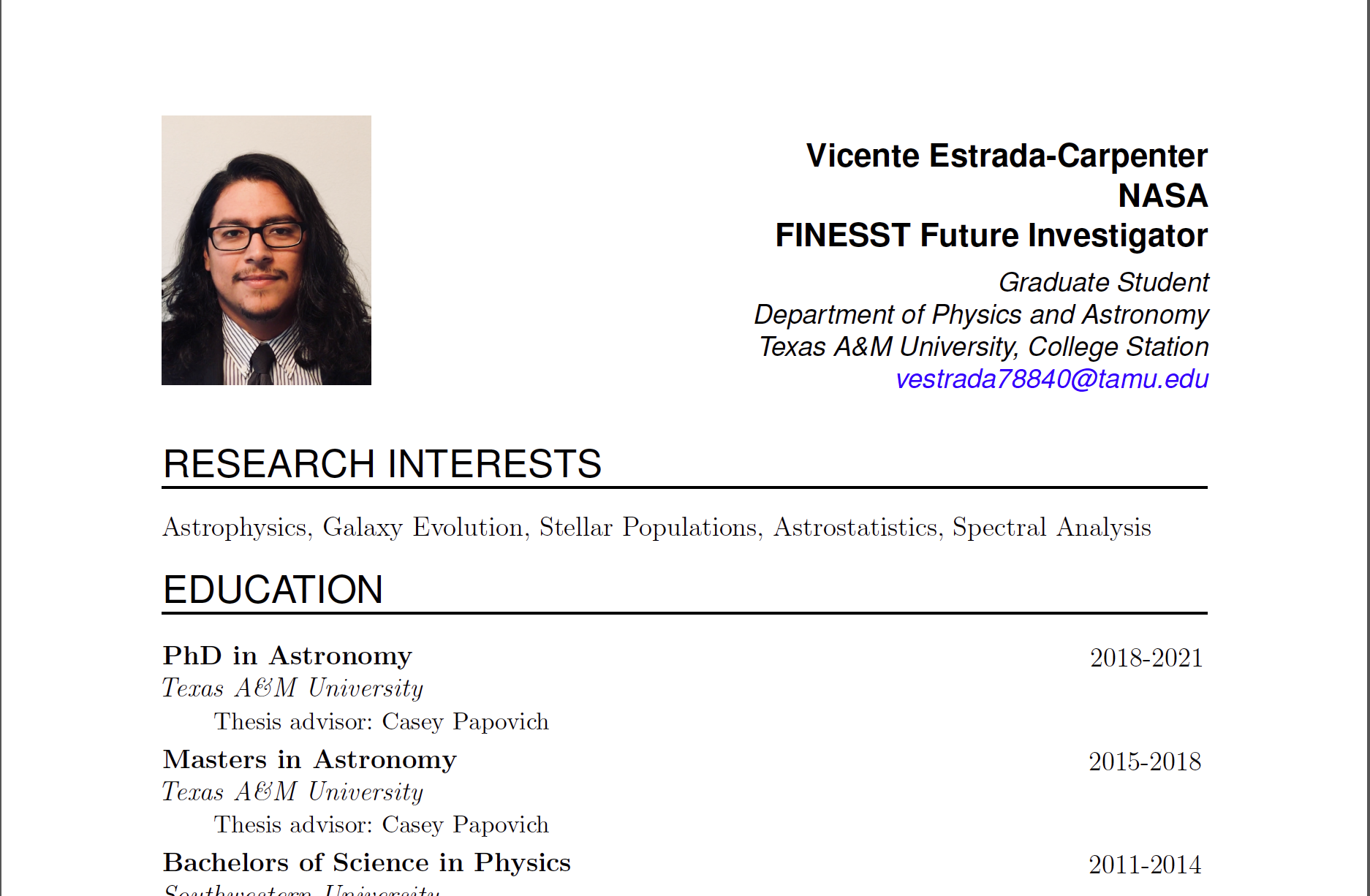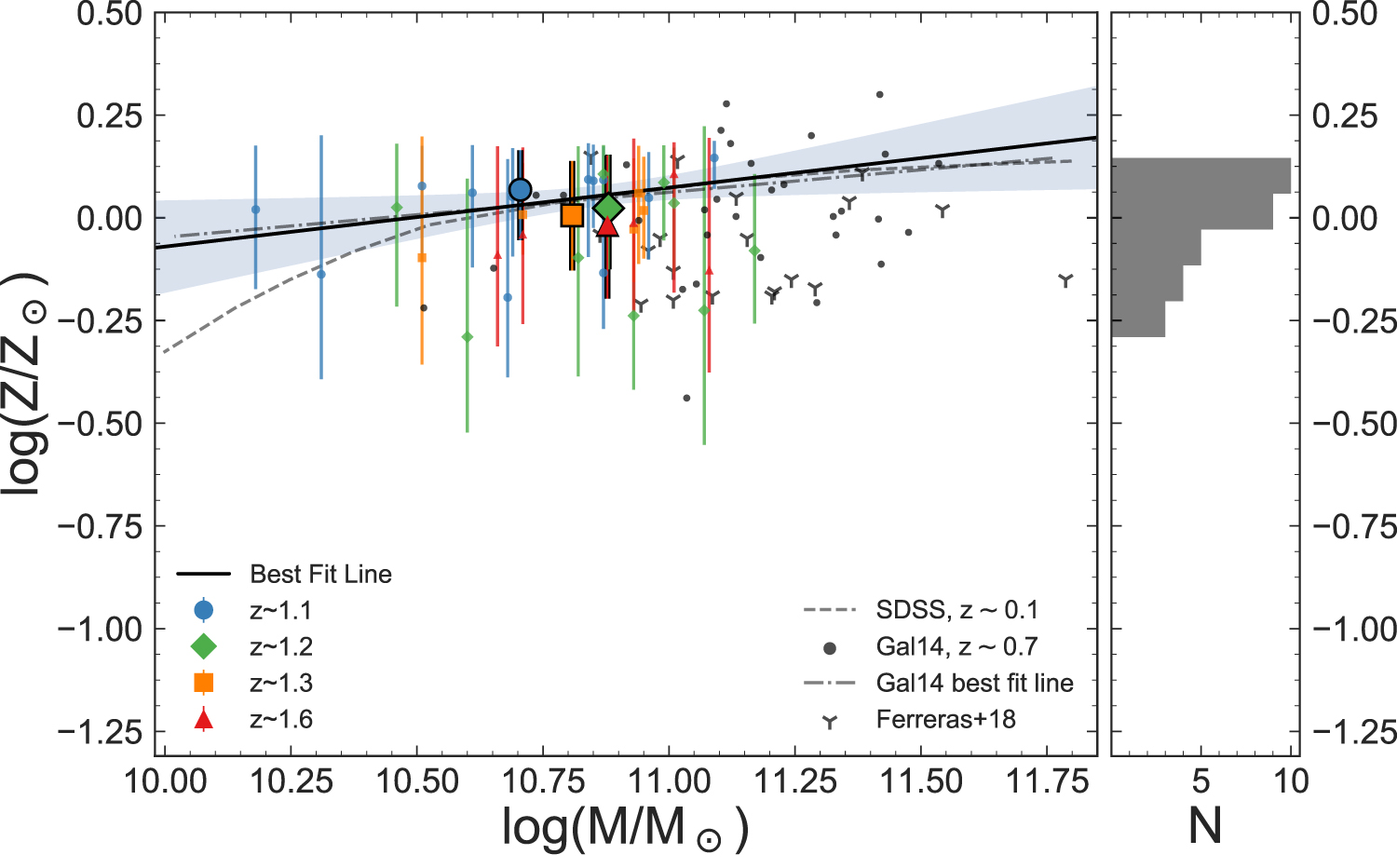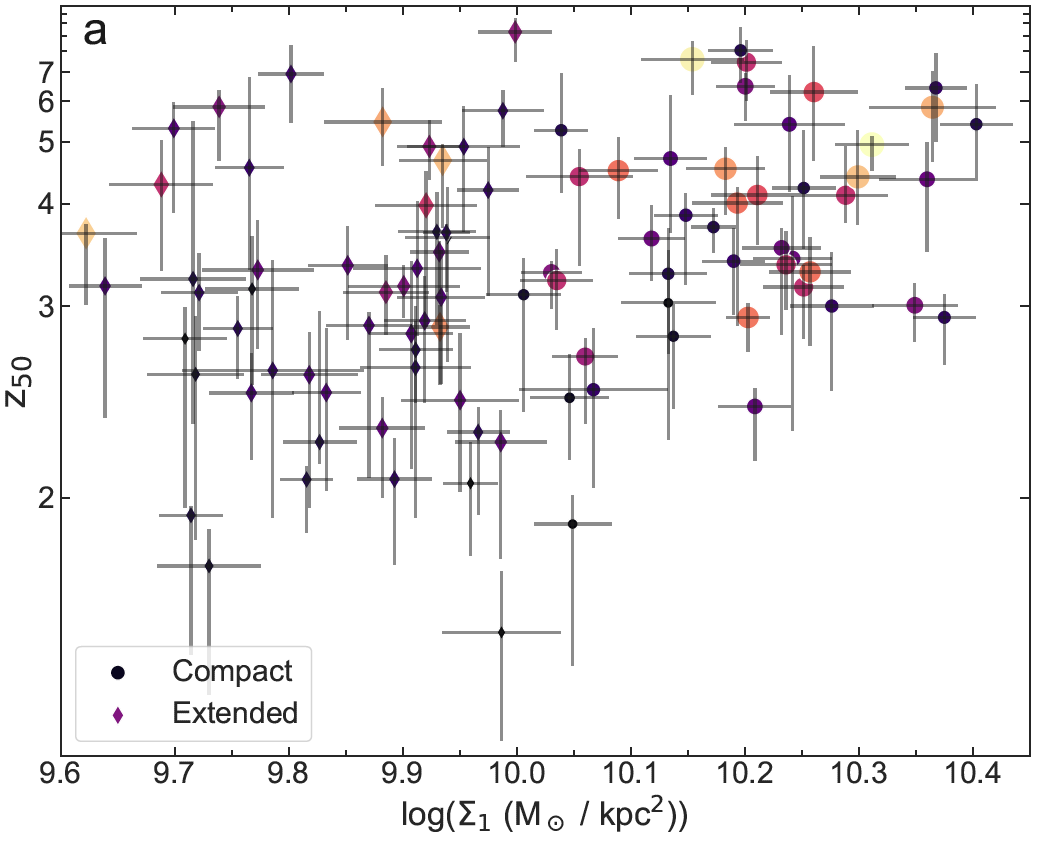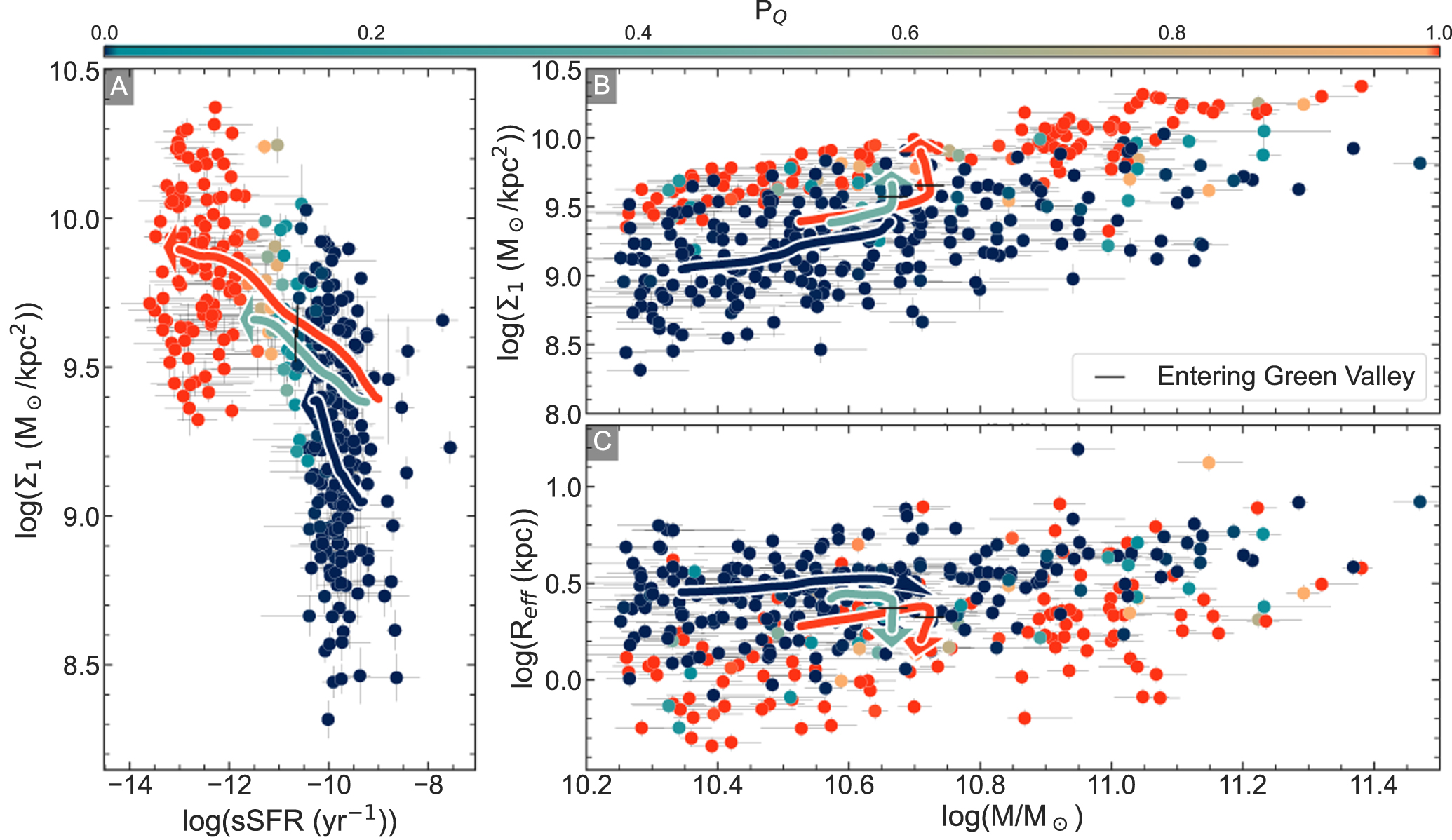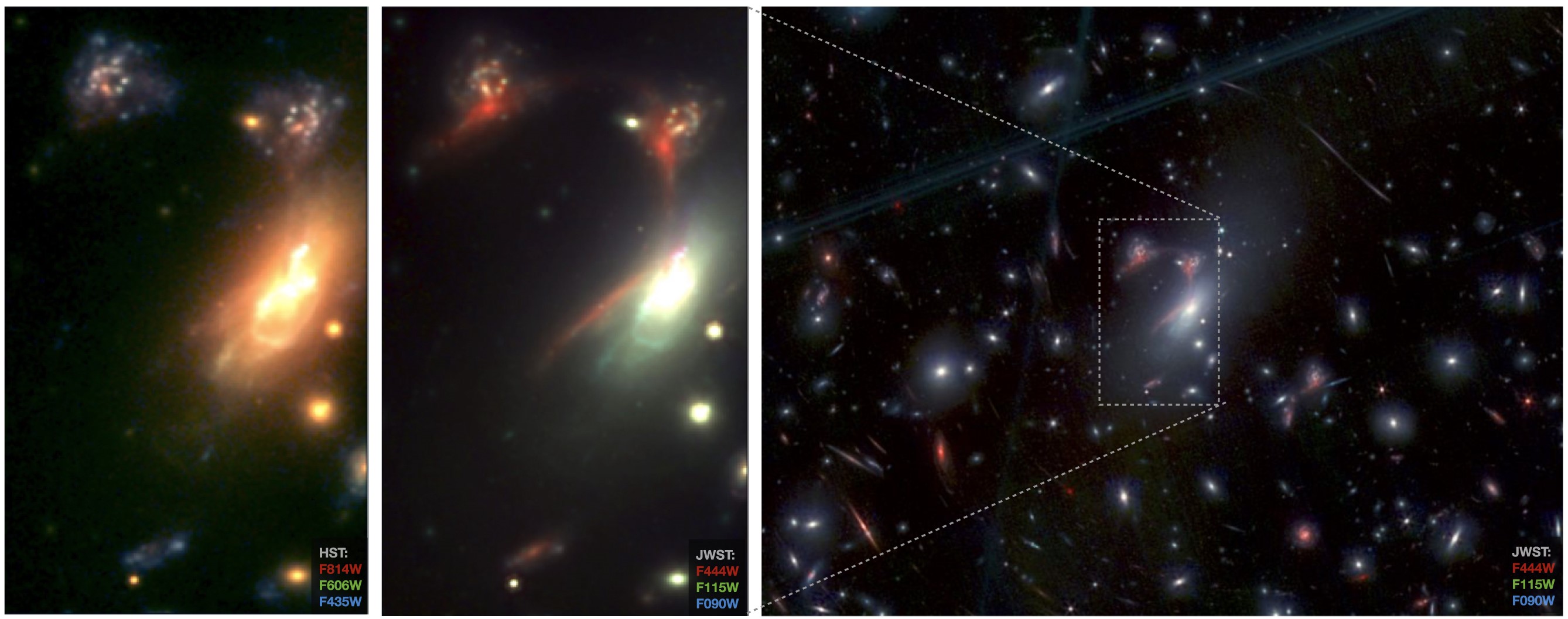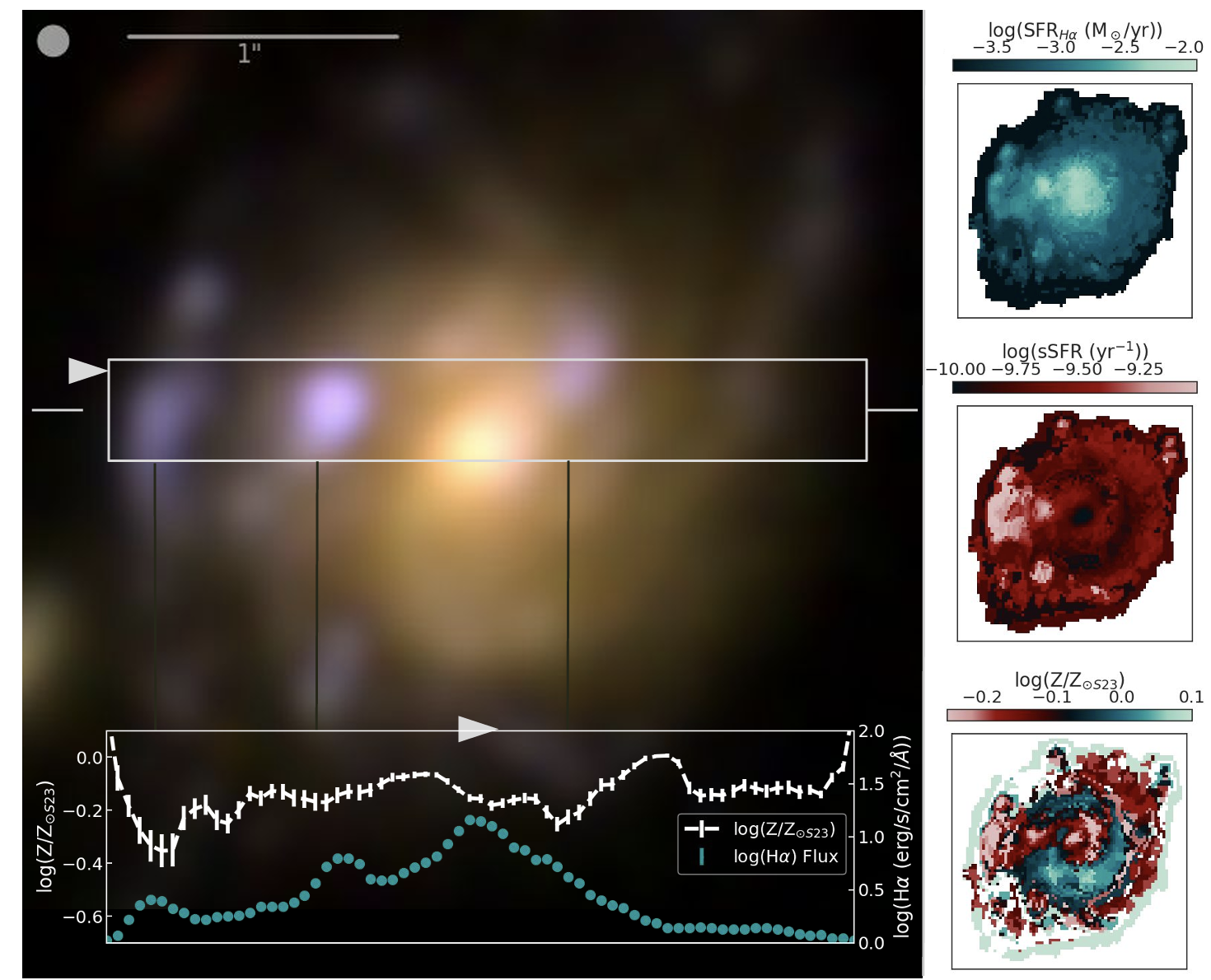My main areas of interest are galaxy evolution, galaxy assembly, stellar populations, spatially resolved stellar populations, and spectral analysis.

Grism Data
I work with JWST/NIRISS grism data, mainly from the CANUCS survey.
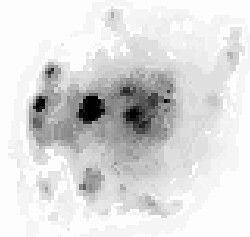
Emission Line Maps
Using my advanced code Sleuth I extract high quality emission line maps
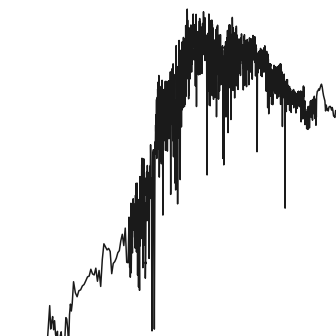
Stellar Populations
I derive metallicities, ages, and other stellar population parameters.

Formation Histories
I constrain (non-parametric) star-formation histories for massive quiescent and star-forming galaxies.
Science
CLEAR. I. Ages and Metallicities of Quiescent Galaxies at 1.0 < z < 1.8 Derived from Deep Hubble Space Telescope Grism Data
Using a forward modeling technique, we fit the stellar populations of a sample of 31 massive quiescent galaxies in the CLEAR survey, in a redshift range of 1 < z < 1.8. Our measurements indicate that massive quiescent galaxies in this redshift range have ~ solar stellar metallicities. Thus, there is no evolution in the stellar metallicity - mass relation, up to a redshift of z ~ 1.8. We also show that many of these galaxies had formed ~70% of their stellar mass by z ~ 2-3.
CLEAR II: Evidence for Early Formation of the Most Compact Quiescent Galaxies at High Redshift
Combining photometric, G102 grism, and G141 grism data, we constrain the stellar populations and derive "non-parametric" star-formation histories for a sample of 97 massive quiescent galaxies in the CLEAR survey, in a redshift range of 0.8 < z < 2.5. By comparing formation redshifts (where the galaxy formed half its mass) to stellar surface mass densities within 1 kiloparsec we see that the most compact galaxies are biased to form early (z>2.5), while less compact galaxies show a wide range of formation redshifts. Our results favor a scenario where compact galaxies formed rapidly at high redshift, then go through subsequent evolution through minor mergers.
CLEAR: The Morphological Evolution of Galaxies in the Green Valley
We analyzed ~400 massive galaxies at redshifts 0.8 < z < 1.65 using deep HST WFC3 grism spectra plus multiwavelength photometry from the CLEAR survey. Using flexible star-formation histories, we quantify the probability that a galaxy is quiescent and trace its structural evolution. Our key findings are: galaxies become compact during their transit through the green valley—their stellar mass surface densities rise by ~0.25 dex, while overall stellar mass actually decreases slightly (~4 %), and morphologies shift to higher Sérsic index and smaller effective radius. This indicates that structural transformation accompanies quenching
When, Where, and How Star Formation Happens in a Galaxy Pair at Cosmic Noon Using CANUCS JWST/NIRISS Grism Spectroscopy
This work presents a new methodology for extracting emission-line maps from JWST/NIRISS slitless grism data—accurately modeling spatially varying continuum and line flux—to investigate star formation on ~10 Myr (via Hα) and ~100 Myr (via UV and broadband SEDs) timescales within a strongly lensed galaxy pair at z = 0.8718. The system—dubbed the “Question Mark Pair” due to its lensed morphology—includes a face-on blue disk and a dusty edge-on galaxy, together exhibiting 20 star-forming clumps: 7 bursting, 10 quenching, and 3 in equilibrium. Star formation rates decline sharply with radius (by factors of ~4.7 for Hα and ~3.8 for broadband), but the overall SFR over the past ~100 Myr increased by a factor of ~1.6, suggesting interaction-triggered activity. This pilot demonstrates the promise of spatially resolved JWST/NIRISS grism spectroscopy to unravel galaxy assembly at Cosmic Noon.
Metal-Poor Star-Forming Clumps in Cosmic Noon Galaxies: Evidence for Gas Inflow and Chemical Dilution Using JWST NIRISS
Using the forward-modeling tool Sleuth on JWST/NIRISS CANUCS grism data, we extracted high-resolution emission-line maps (Hα, [SII], [SIII]) for ~20 galaxies at redshifts 0.6-1.35. Our analysis showed that compact star-forming clumps are systematically more metal-poor—by about 0.1 dex—than their host galaxy environments, indicating metallicity dilution of roughly 20%. These clumps simultaneously exhibit elevated star formation rates, strongly supporting a scenario where inflow of metal-poor gas fuels intense localized star formation at Cosmic Noon.
Outreach
I enjoy speaking with the public and have given several talks at Astronomy on Tap BCS.
I have worked with undergraduate students at Texas A&M, Saint Mary's University, and currently at Arizona State Univeristy. These research projects include creating an interactive website for the CLEAR collaboration, color gradients of quiescent galaxies, Hα maps of interacting galaxies, simulated JWST NIRCAM Paschen-alpha map for CEERS, Hα emission line maps of interacting galaxies, stellar populations of massive galaxies using JWST/NIRISS.
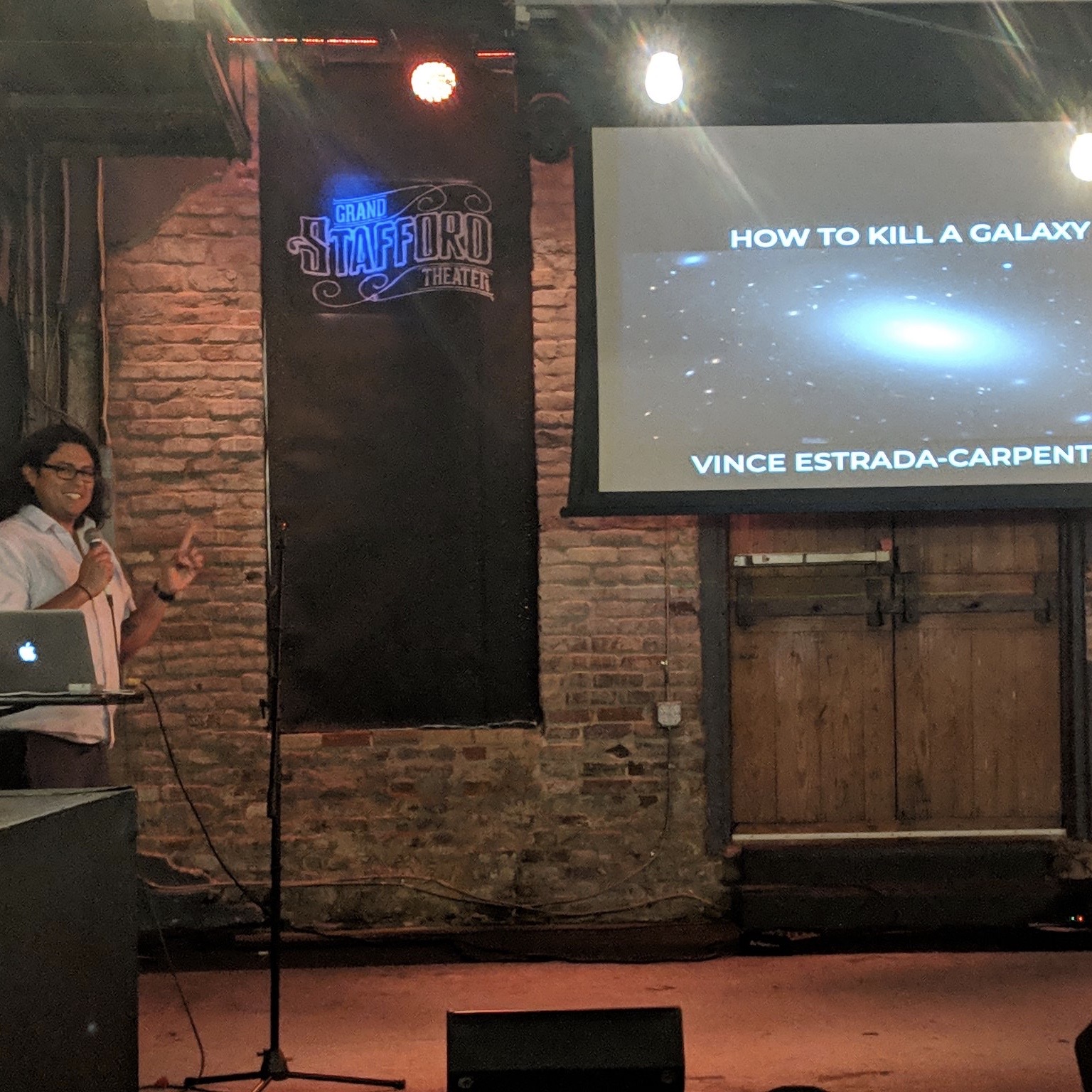

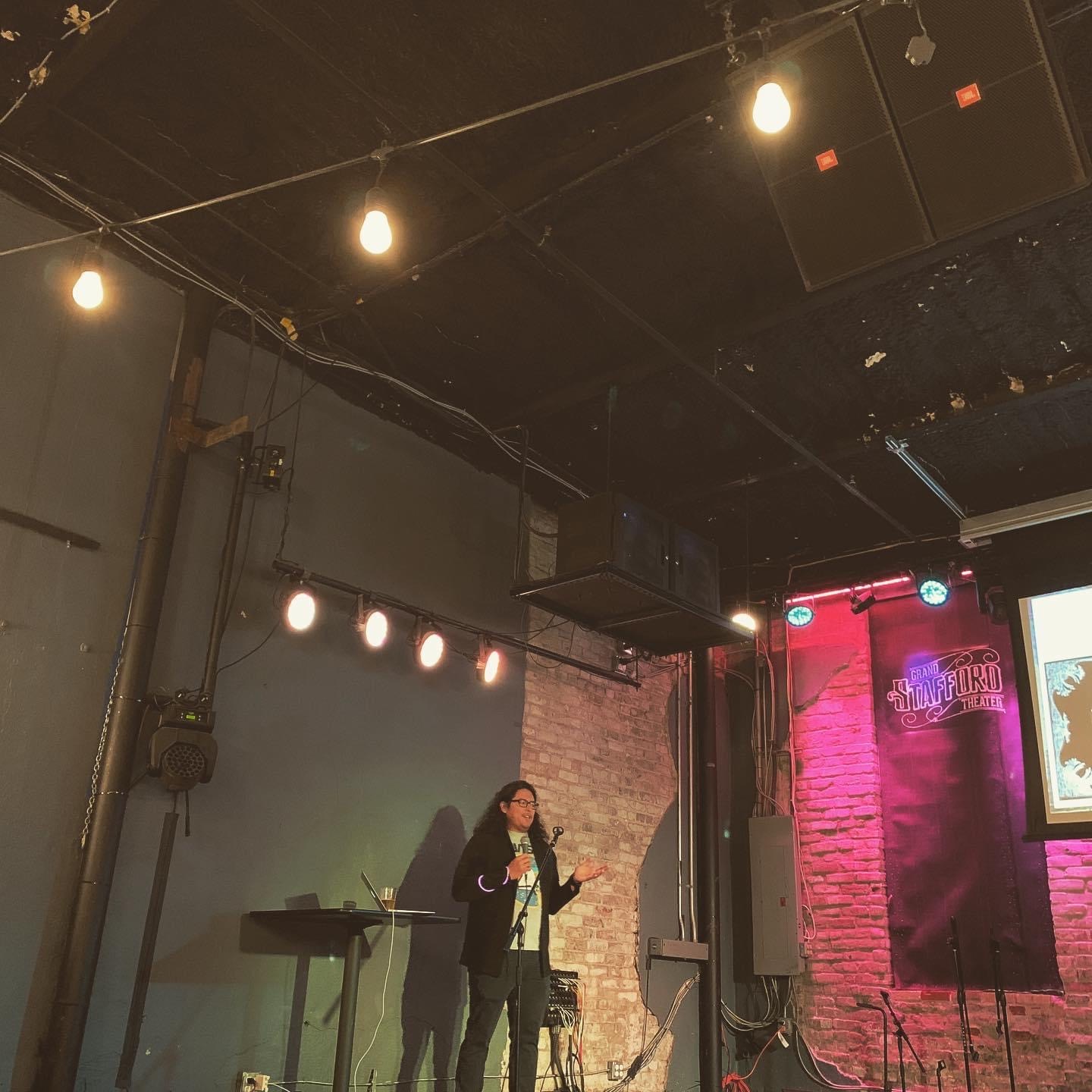
Contact
Address
School of Earth and Space Exploration
ISTB4 497
Arizona State University, Tempe, AZ, 85287
vestrad9@asu.edu
